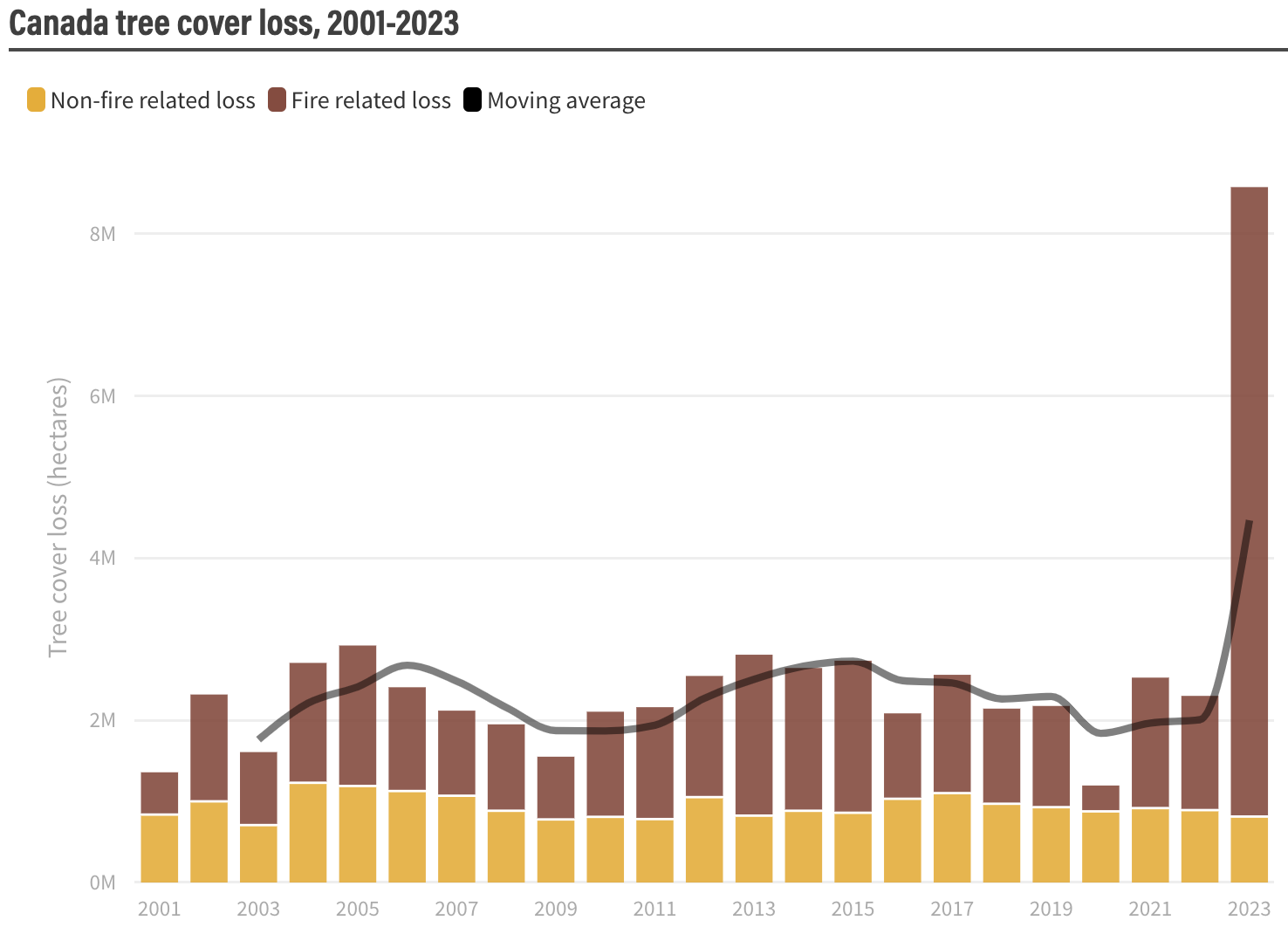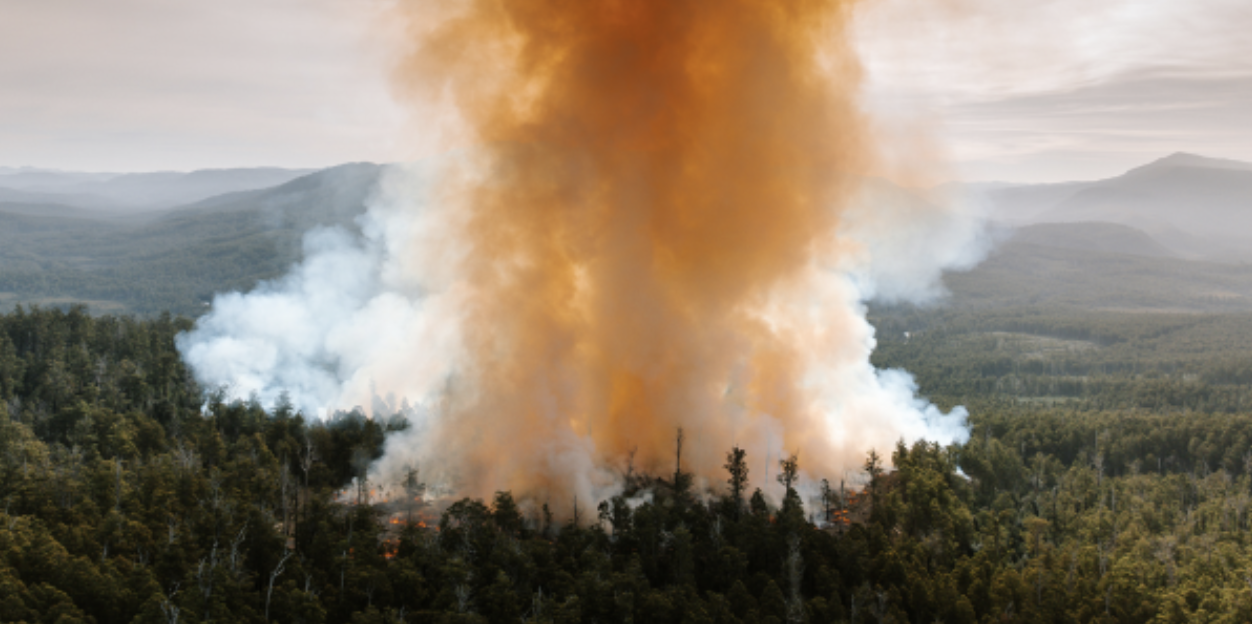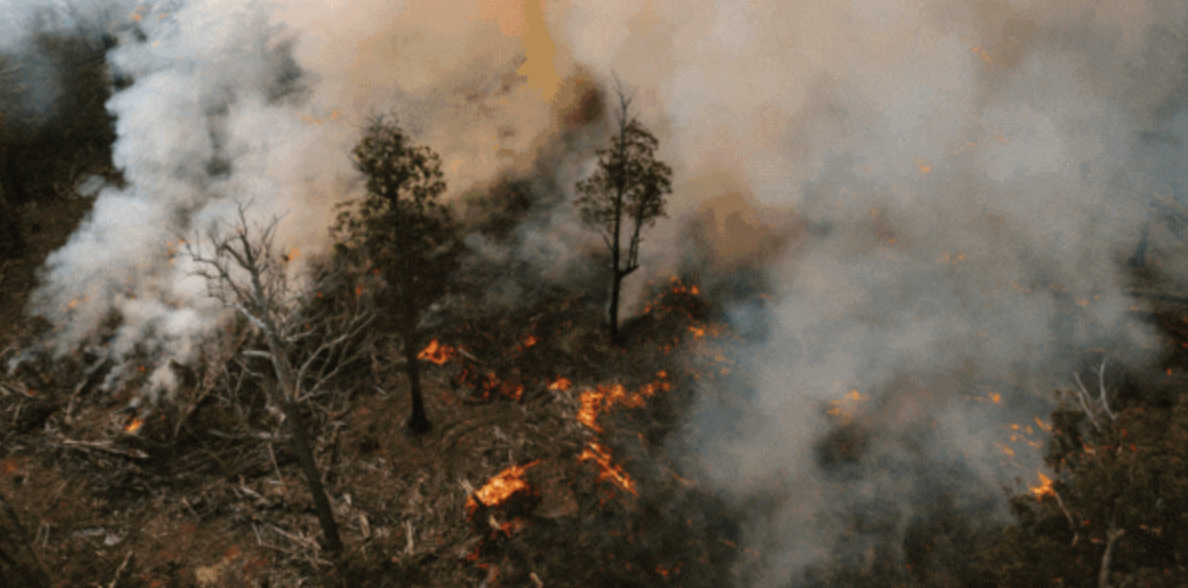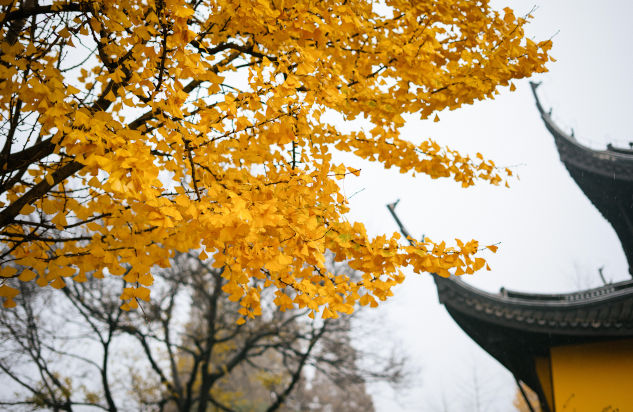Environment: WA addicted to producing, burning and exporting gas
June 15, 2025
Albanese government eager to support WA’s gas addiction. Tasmania’s natural environment trashed by deer and loggers. Globally, one square kilometre of trees cleared every 10 minutes. Ecological and spiritual values converge in Chinese temples.
WA’s gas addiction …
… or rather income addiction. Over the 15 years to 2023, the consumption of gas in Australia’s states and territories remained remarkably constant, except for WA.

In 2008, WA was already using much more gas than any other state or territory and its usage further increased by about 50% by 2023. WA’s consumption is projected to continue increasing for at least the next decade.
So what is all this gas being used for? The production of liquified natural gas takes up 36%, electricity generation 24%, alumina refining 17% and ammonia production and processing 7% (where gas is both the chemical feedstock and the power source for the industry). Residential and commercial use accounts for only 2%. About half of WA’s gas is used in the north-west of the state in the gas, minerals, mining and fertiliser industries.
WA’s transition to renewables is particularly slow. The state has no renewable energy target and uses more gas in the production of electricity than the rest of Australia combined. Despite the multitude of policy and technological opportunities for the WA government and its industries to reduce their dependence on gas, clearly they do not want to.
Nor does the WA Government or Albanese’s new government and its minister for the environment care about the global warming caused when WA’s exported LNG is burnt overseas or preservation of the more than a million Aboriginal rock art images at Murujuga, adjacent to the Woodside LNG processing plant. As has been widely reported, the plant has recently received approval to extend operations to 2070, which would be pointless unless more of the massive offshore gas fields are opened for drilling.
The decision to extend operations has received considerable criticism, including from Carmen Lawrence, former Labor premier of WA and former federal Labor minister, who points out that “the only clear winners are Woodside’s executives and shareholders… but Woodside will eventually move on”, while the consequences of the additional global warming will be around for centuries and every destroyed piece of rock art will be destroyed for ever.
The historical and cultural significance of the Murujuga rock art for local Indigenous people and the damage being done to the art by pollution coming from the plant are clearly displayed in this 13-minute video. Art such as this, which includes the oldest depictions of the human face, has tremendous significance not only for the local people who have been its custodians for thousands of years, but also for humanity as a whole.
To compound the problem, the nearby Browse Basin may be Australia’s biggest gas "climate bomb" but it is not the only one ticking at present.
Birding is great fun. Try it
I went birding for the first time the other day. Took my rod, line and hooks and started casting into a tree that had a massive flock of sulphur-crested cockatoos in it. It took me a while to get the hang of casting upwards, but once I’d learnt the trick, I managed to snare a cockie. Reeling it in presented quite a challenge because the cockie was strong and tried as hard as it could to hang on to the branches with its claws. It took about 10 minutes for it to tire sufficiently for me to land it and then I took the obligatory selfie of us both. There wasn’t much fight left in Cockie by then and it was pretty simple to tear the hook from its chest and set it free. After a little while sitting dazed on the grass, it staggered off to a low branch. Over the course of the next couple of hours, I caught four more cockies and a corella. It was great fun but I don’t think I’ll try it again as I got some pretty unpleasant looks and comments from passers-by. Not sure if they give recreational fisherfolk the same treatment.
Mind you, in Victoria (and South Australia, Tasmania and the NT), the government still allows native waterbirds to be shot. This year Victoria’s duck-hunting season has been extended (from 56 days last year to 83) and daily bag limits have been increased to nine a day (a possible 747 duck dinners for an industrious sharp-shooter).
I thought native animals were supposed to be protected. Try shooting or reeling in a koala or platypus and see where that gets you. If you really want to get rid of them, history suggests that destroying their habitat is more likely to be successful and less likely to incur the wrath of the authorities or the public.
Forest loss continues apace, including in Australia
I’ve mentioned this annual update on the loss of tree cover in previous years, but the situation doesn’t get any better so I think it’s worth keeping an eye on it.
In 2023, 28.3 million hectares of tree cover were lost globally, an area about the size of Victoria and Tasmania combined. This represented a 24% increase compared with 2022. Well over half of the loss in 2023 occurred in Brazil (despite its significantly less deforestation than in 2022), Democratic Republic of the Congo (about the same as 2022) and Bolivia (significantly more than 2022).
The two maps below show the change in tree cover since 2010. The green shows areas where the tree canopy density exceeded 30% in 2010; the purple shows areas that experienced at least 30% tree canopy loss between 2010 and 2024; the blue shows areas of tree cover gain between 2010 and 2020.


The extensive purple areas along Australia’s east coast from Brisbane to Melbourne, scattered across Tasmania and in the southwest of Western Australia demonstrate why Australia is the only developed country that is considered to be a deforestation hotspot.
The massive areas covered by the northern boreal forest in the higher latitudes stand out in the global map and much of the increased tree cover loss in 2023 was attributable to an enormous increase in fire-related loss in Canada.

Following a bad couple of years in 2016 and 2017, the loss of tropical primary forest remained fairly constant until 2023 at about four million hectares per year, with fire-related loss accounting for 10% to 20%. In the early part of the century, loss was more like three million hectares per year. To provide some context, four million hectares is about two-thirds of Tasmania. Unfortunately, the loss of tropical primary forest increased to 6.7 million hectares in 2024, largely due to fires. It’s difficult to imagine but 18 soccer fields of forest were felled every minute (not a typo) during 2024.

Burning Tasmania’s forests
At a glance, you might think that the pictures below are of bushfires. In a way, they are, but not ones started by lightning or a discarded cigarette. After levelling native forests with bulldozers and chainsaws, in autumn Forestry Tasmania scrapes the remnants, which may exceed the amount of timber that is processed, into piles and sets them alight. This is taxpayer-funded native forest destruction, wildlife slaughter, massive CO2 production and choked communities, all so that a thriving ecosystem can be replaced with a monoculture tree plantation.


(Thanks to Jenny Weber and the Bob Brown Foundation for this story and photographs.)
Deer trashing Tasmania’s alpine regions
The environmental damage caused by thousands of feral horses in the Snowy Mountains is widely appreciated and I’ve recently published photographs of quite rapid recovery of grasses and streams when horse numbers have been reduced.
Less widely appreciated are the problems caused by several species of feral deer, mainly in Australia’s eastern states. A recent article in the Hobart Mercury (10 May) highlighted the environmental problems caused by fallow deer in Tasmania. Their numbers are increasing rapidly and there are now more than 100,000 of them wandering around more than a quarter of the state.
In the alpine regions, their hard hooves trample over the fragile soils and flora and they strip the bark from young native trees and kill them. They also impose a financial burden on farmers by destroying fences and crops; plus, they cause road accidents. Crazily, even though the deer were introduced to Australia, just like rabbits and cane toads, they are not considered to be pests and enjoy some protection under Tasmanian law.
The only effective and humane way to remove the feral deer from Tasmania’s rugged landscapes is aerial shooting. In 40 days, 1017 deer were culled from the air. In contrast, over 42 days, eight ground shooters were able to cull only 10 deer. To keep the deer under control, 35% to 80% must be removed each year.
Chinese temples preserve ancient trees
A study of 47,000 trees in 6,500 Chinese temples has demonstrated the importance of cultural and religious traditions for the preservation of very rare, very old trees (some more than 2000 years old). Several of the species, including Ginkgo biloba, are sacred in Buddhism and Taoism. Of the 534 temple-dwelling species identified, 61 are classified as threatened and eight were found only on temple grounds. The temples and the trees provide habitat for animals and insects, maintain biodiversity and help with nutrient recycling. And they are beautiful.

The views expressed in this article may or may not reflect those of Pearls and Irritations.

